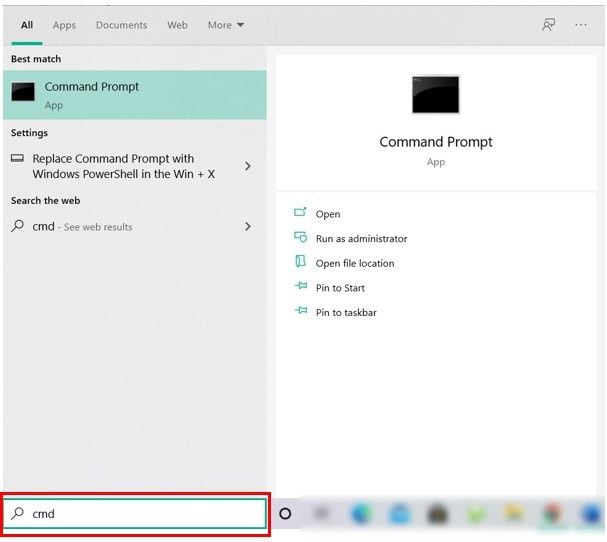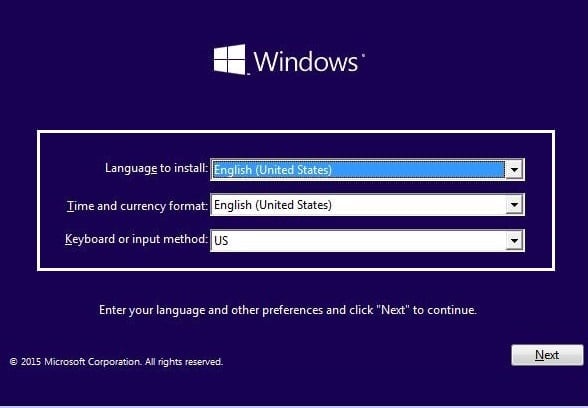The Guest account is for users who want to access the device but don’t need administrative privileges and are not a PC’s permanent user. In contrast, the built-in administrator account is used for troubleshooting or administrative purposes. Let’s see what the type of accounts Windows 10 user has are: Standard Account: This type of account has very limited control over the PC and was intended for everyday usage. Similar to Administrator Account, a Standard Account can be a local account or Microsoft account. Standard Users can run apps but can’t install new apps and change system settings that do not affect other users. If any task is performed which requires elevated rights, then Windows will display a UAC prompt for the username and password of an administrator account to pass through UAC. Administrator Account: This type of account has complete control over the PC and can make any PC Settings changes or make any customization or install any App. Both a Local or Microsoft account can be an administrator account. Because of virus & malware, Windows Administrator with full access to PC settings or any program becomes dangerous, so the concept of UAC (User Account Control) was introduced. Now, whenever any action that requires elevated rights is performed Windows will display a UAC prompt for the administrator to confirm Yes or No. Built-in Administrator Account: The built-in administrator account is inactive by default and has full unrestricted access to PC. Built-in Administrator Account is a local account. The main difference between this account & the user’s administrator account is that the built-in administrator account doesn’t receive UAC prompts while the other one does. The user’s administrator account is an unelevated administrator account whereas the built-in administrator account is an elevated administrator account. Note: Because the built-in administrator account has full unrestricted access to PC it is not recommended to use this account for everyday use, and it should only be enabled in case needed.
Enable or Disable Built-in Administrator Account in Windows 10
Make sure to create a restore point just in case something goes wrong.
Enable or Disable Built-in Administrator Account in Windows 10 Method 1: Enable or Disable Built-in Administrator Account using Command Prompt Method 2: Enable or Disable Built-in Administrator Account using Local Users and Groups Method 3: Enable or Disable Built-in Administrator Account using Local Security Policy Method 4: Enable or Disable Built-in Administrator Account without Logging In
Method 1: Enable or Disable Built-in Administrator Account using Command Prompt
Open Command Prompt. The user can perform this step by searching for ‘cmd’ and then press Enter.
Type the following command into cmd and hit Enter: net user administrator /active:yes
Note: If you use different language in Windows then you need to substitute Administrator with the translation for your language instead. 3. Now if you need to enable the built-in administrator account with a password, then you need to use this command instead of the above one: net user administrator password /active:yes Note: Replace password with the actual password which you want to set for the built-in administrator account. 4. In case you need to disable the built-in administrator account use the following command: net user administrator /active:no 5. Close cmd and reboot your PC to save changes. This is How to Enable or Disable Built-in Administrator Account in Windows 10 but if you can’t, then follow the next method.
Method 2: Enable or Disable Built-in Administrator Account using Local Users and Groups
Note: This method will only work for Windows 10 Pro, Enterprise, and Education editions as Local Users and Groups are not available in Windows 10 Home edition version.
Press Windows Key + R then type lusrmgr.msc and hit OK.
From the left-hand window, select Users than in the right window pane double-click on Administrator.
Now, to enable the built-in administrator account to uncheck “Account is disabled” in the Administrator Properties window.
Click Apply, followed by OK and restart your PC to save changes.
If you need to disable the built-in administrator account, just checkmark “Account is disabled“. Click Apply followed by OK.
Close Local Users and Groups and restart your PC.
Method 3: Enable or Disable Built-in Administrator Account using Local Security Policy
Press Windows Key + R then type secpol.msc and hit Enter.
Navigate to the following in the left-hand window: Security Settings > Local Policies > Security Options
Make sure to select Security Options then in the right window double-click on “Accounts: Administrator account status“.
Now enable the built-in administrator account checkmark “Enabled” then click Apply followed by OK.
If you need to disable the built-in administrator account checkmark “Disabled” then click Apply followed by OK.
Reboot your PC to save changes. This is How to Enable or Disable Built-in Administrator Account in Windows 10 but if you can’t access your system due to boot failure, follow the next method.
Method 4: Enable or Disable Built-in Administrator Account without Logging In
All the above options work fine but what if you’re unable to sign in to Windows 10? If that is the case here, don’t worry because this method will work just fine even if you can’t log in to Windows.
Boot your PC from Windows 10 installation DVD or recovery disc. Make sure that your PC’s BIOS Setup is configured to boot from a DVD.
Then on the Windows Setup screen press SHIFT + F10 to open a Command Prompt.
Type the following command into cmd and hit Enter: copy C:\windows\system32\utilman.exe C:\ copy /y C:\windows\system32\cmd.exe C:\windows\system32\utilman.exe Note: Make sure to replace the drive letter C: with the drive letter of the drive on which Windows is installed.
Now type wpeutil reboot and hit Enter to reboot your PC.
Make sure to remove the recovery or installation disc and again boot from your hard disk.
Boot to Windows 10 login screen then click on the Ease of Access button in the lower-left corner screen.
This will open Command Prompt as we replaced the utilman.exe with cmd.exe in step 3.
Type the following command into cmd and hit Enter: net user administrator /active:yes
Reboot your PC, and this will activate the built-in administrator account successfully.
In case you need to disable it, use the following command: net user administrator /active:no Recommended:
How To Change Active Hours for Windows 10 Update How to Enable or Disable Adaptive Brightness in Windows 10 Disable Active Hours for Windows 10 Update 3 Ways to Check if Windows 10 is Activated
That’s it you have successfully learned How to Enable or Disable Built-in Administrator Account in Windows 10 but if you still have any queries regarding this guide then feel free to ask them in the comment’s section.














